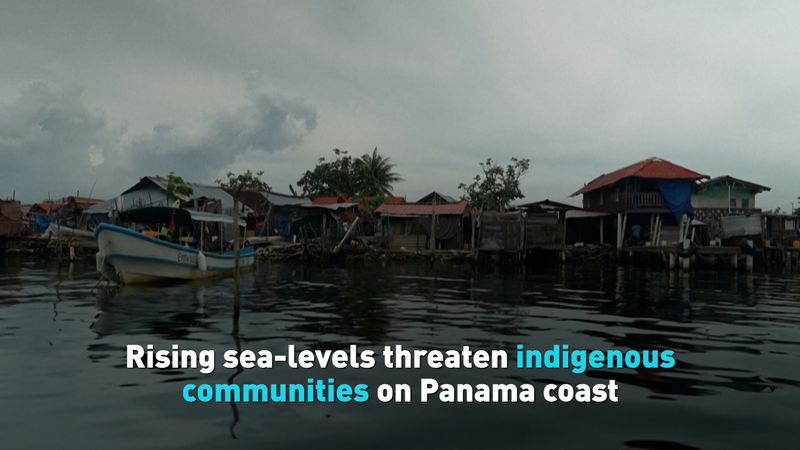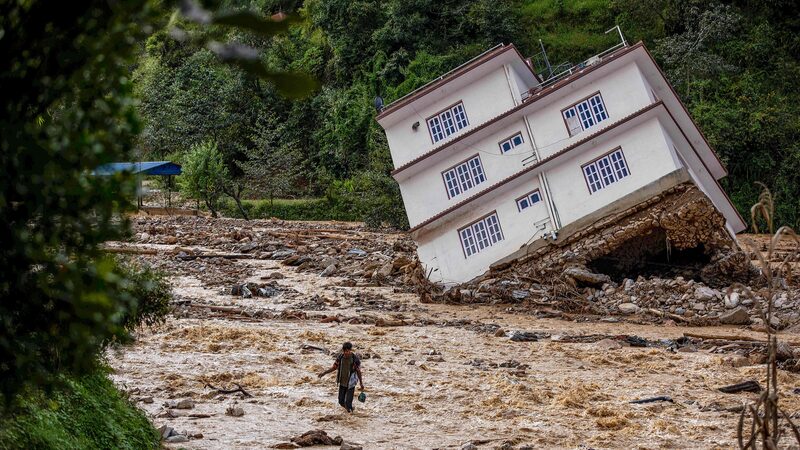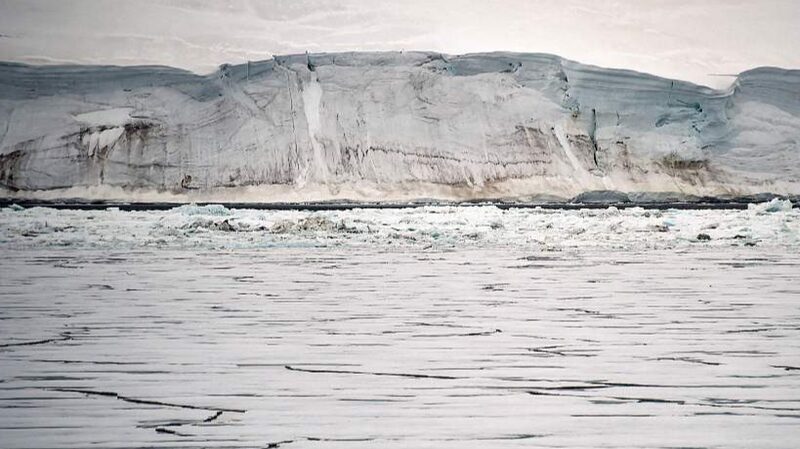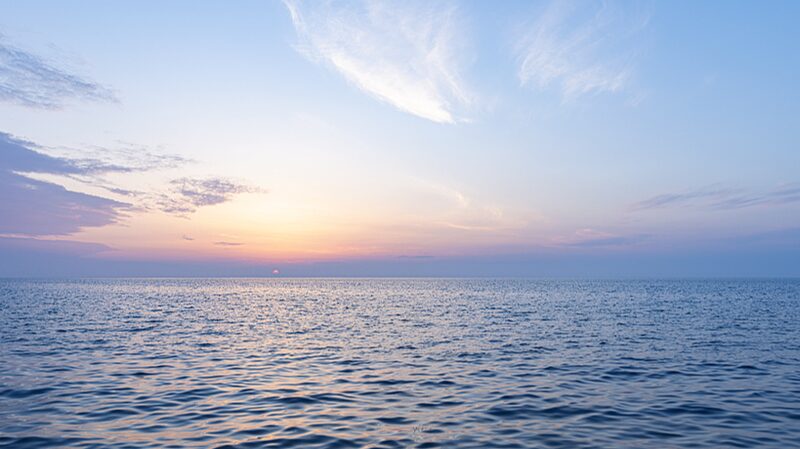On Panama's Caribbean coast, the Guna Indigenous people – guardians of the San Blas archipelago for centuries – now confront an existential threat as rising sea levels submerge their ancestral islands. Scientists project that over 60% of these low-lying islands could become uninhabitable by 2030, making the Guna among the first communities in the Americas compelled to relocate due to climate change.
"Our children ask why the waves eat our homes," says community elder Luis Martínez, standing knee-deep in seawater flooding what was once a village square. Coastal monitoring data shows sea levels in the region have risen 15 cm since 2000, accelerating erosion and saltwater contamination of freshwater sources.
Panama's government has allocated $12 million this year to construct mainland housing complexes, but cultural preservation remains a key challenge. Anthropologists warn that displacement could disrupt the Guna's unique governance system and textile-based economy. Meanwhile, regional leaders urge COP30 delegates to prioritize funding for climate-vulnerable Indigenous communities.
Reference(s):
Rising sea-levels threaten indigenous communities on Panama coast
cgtn.com




